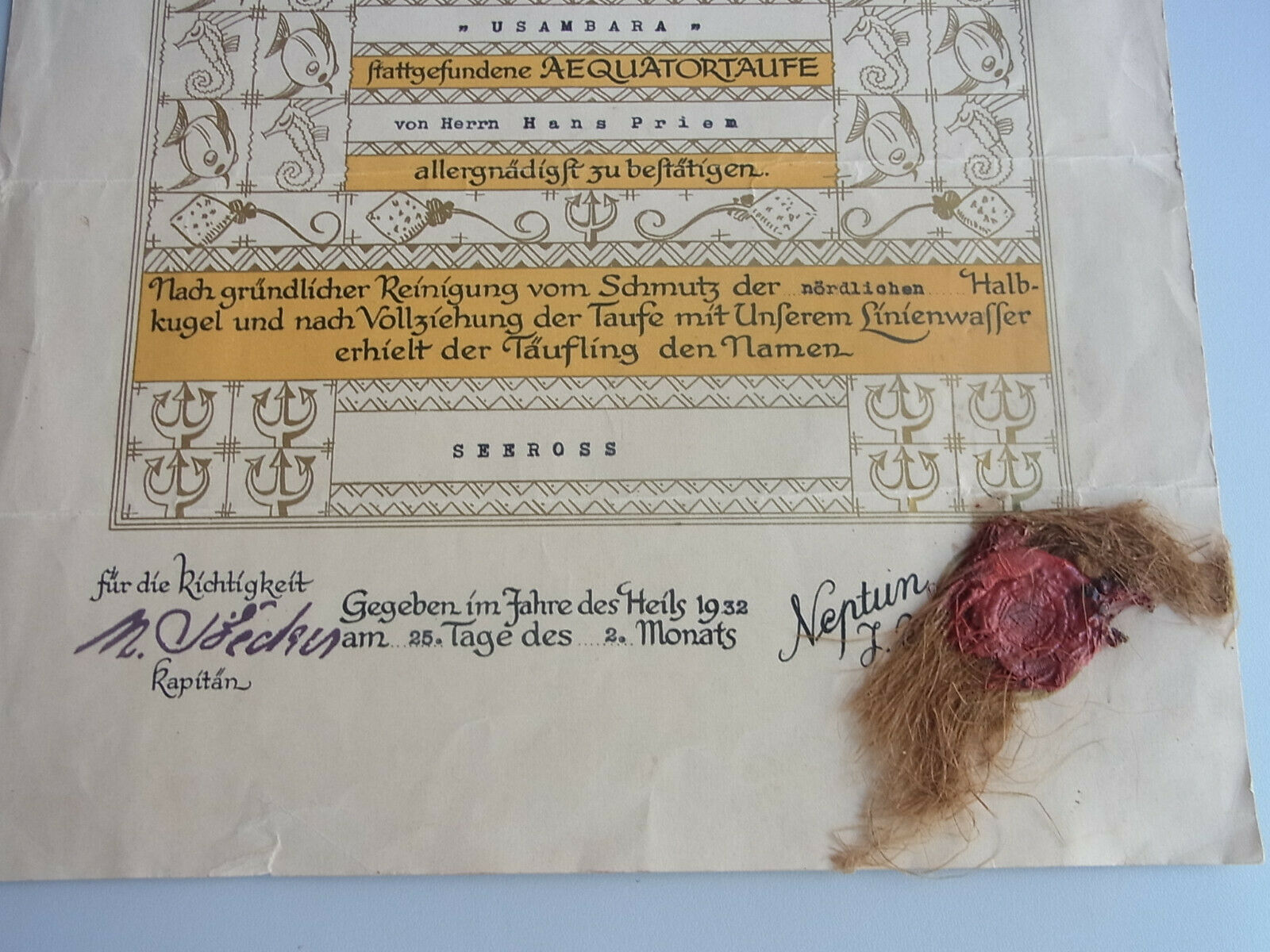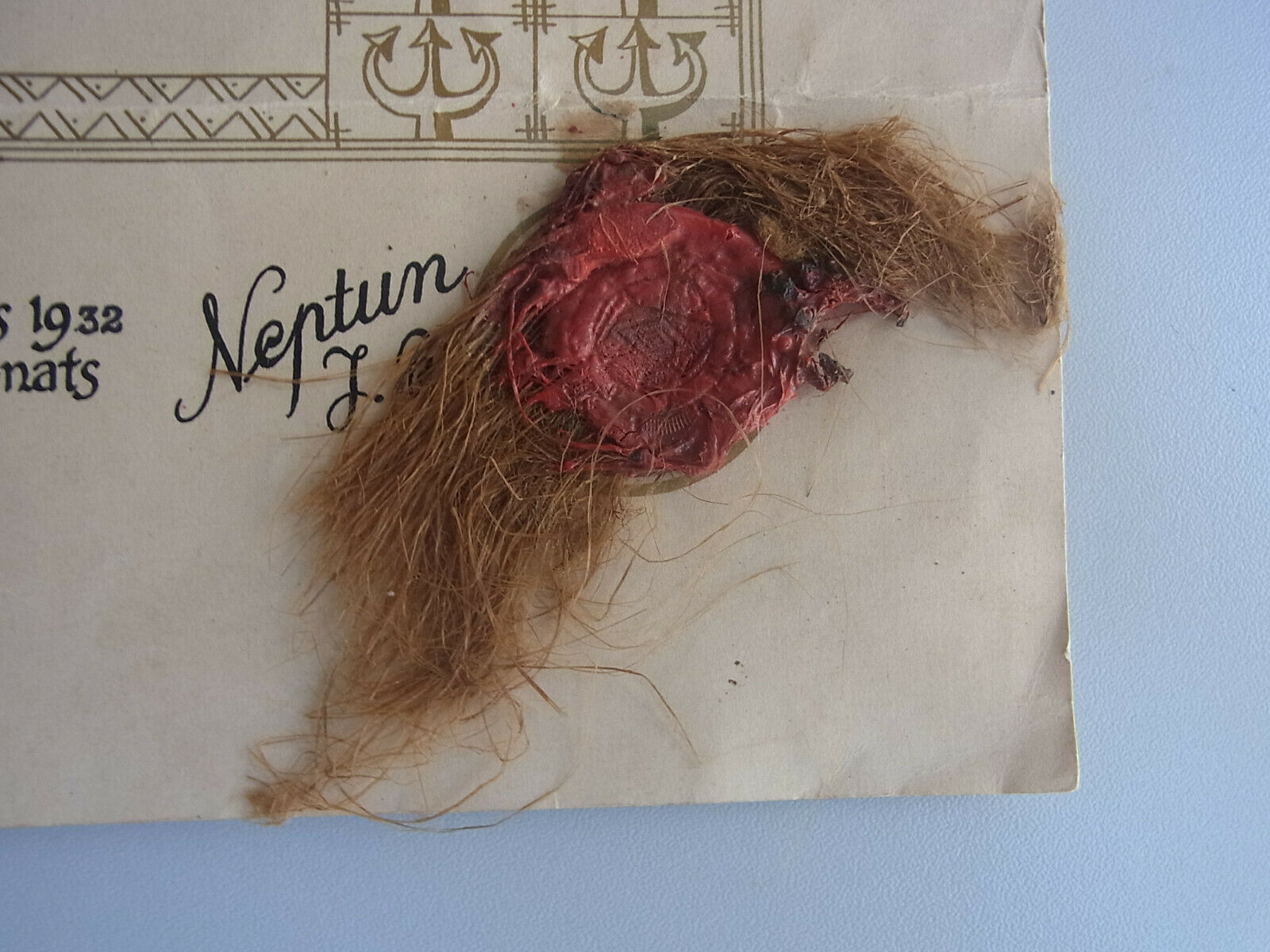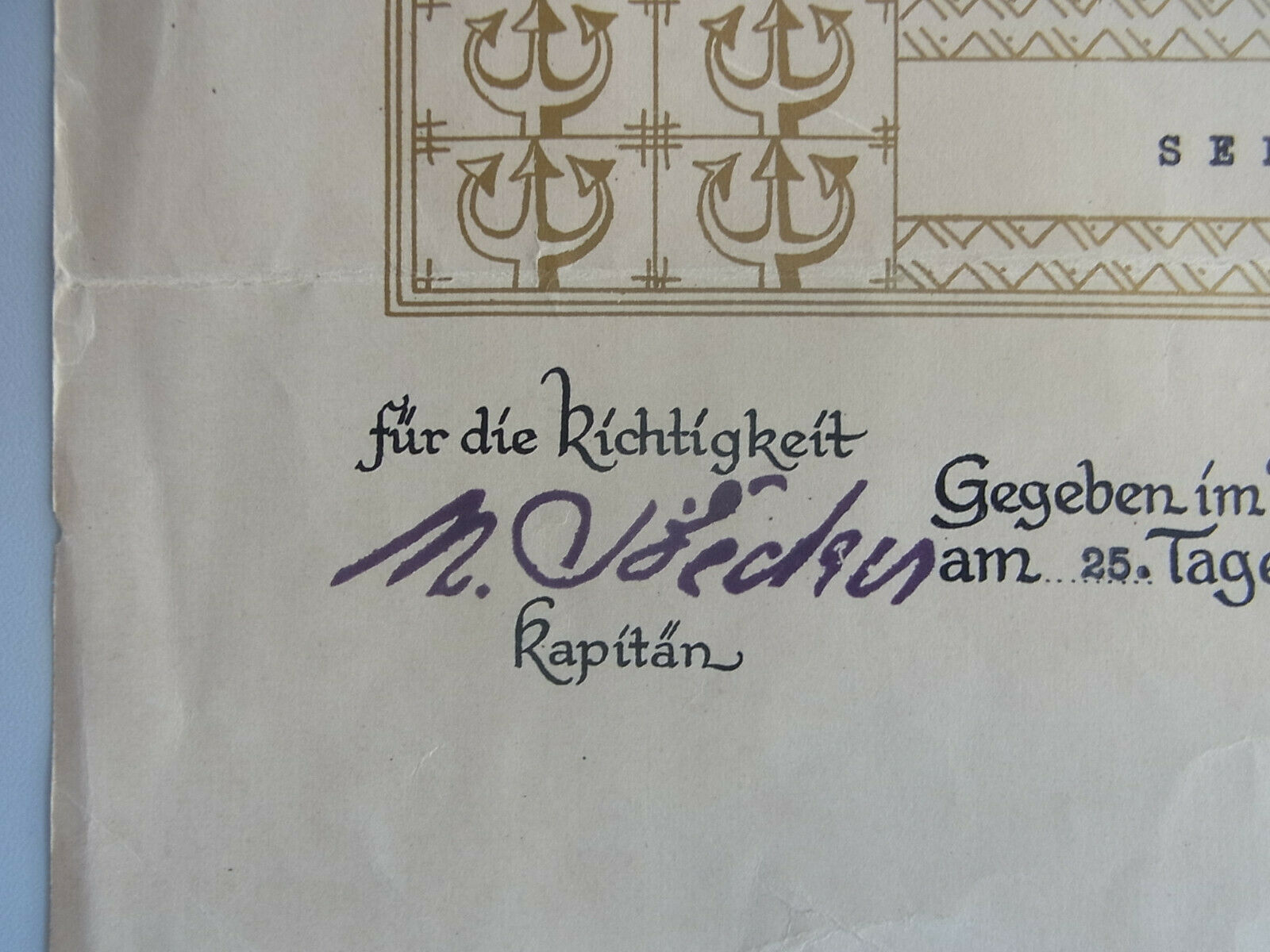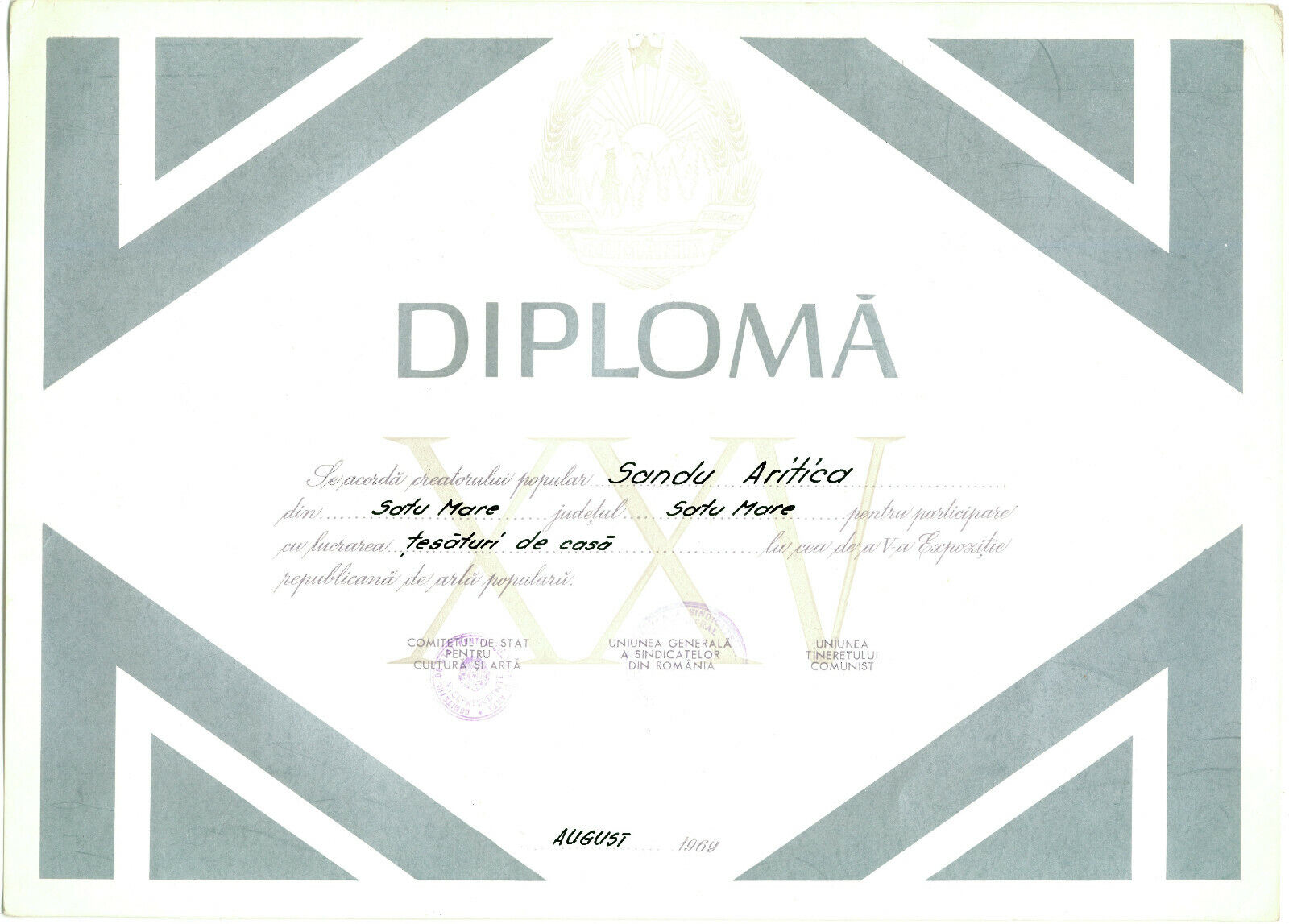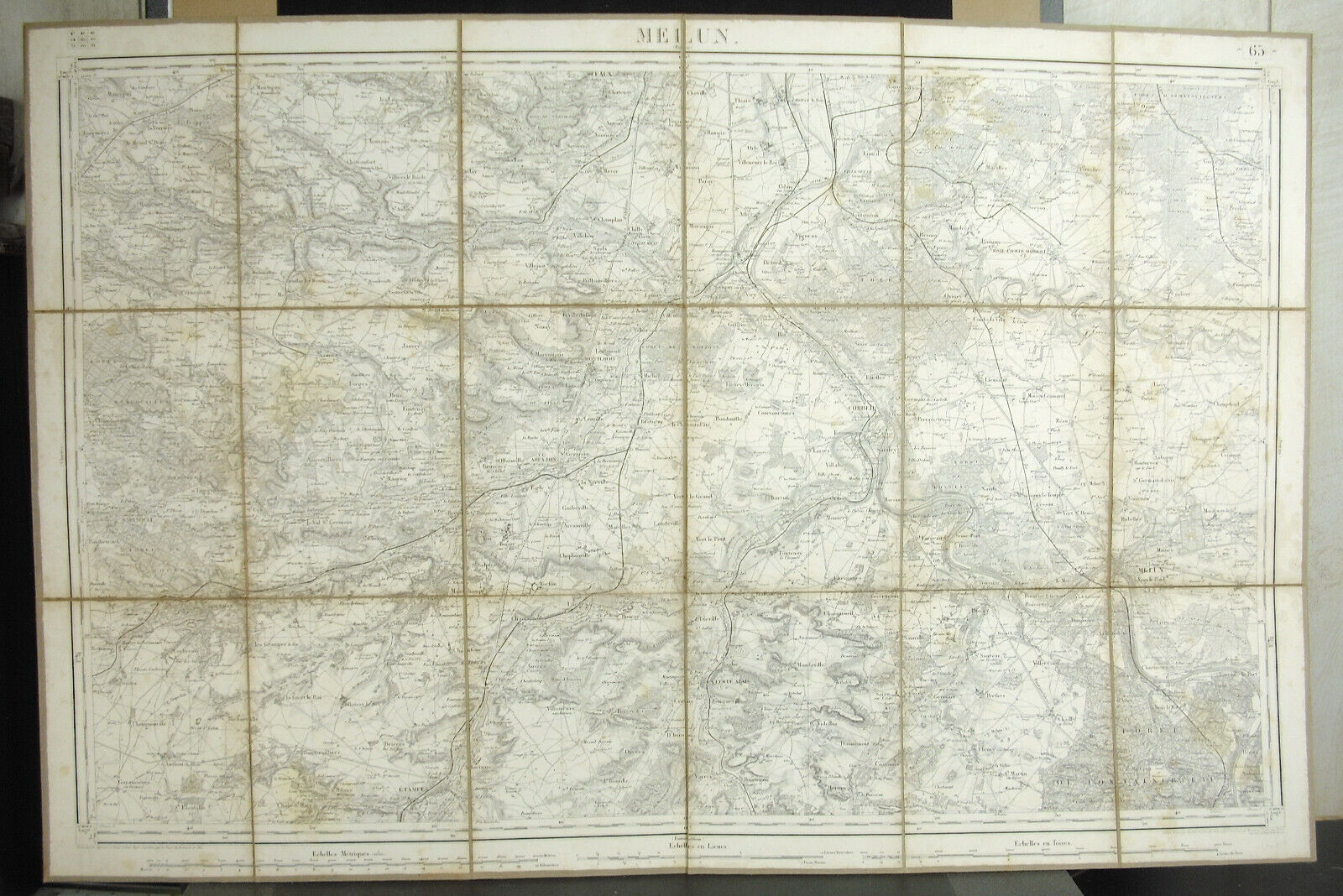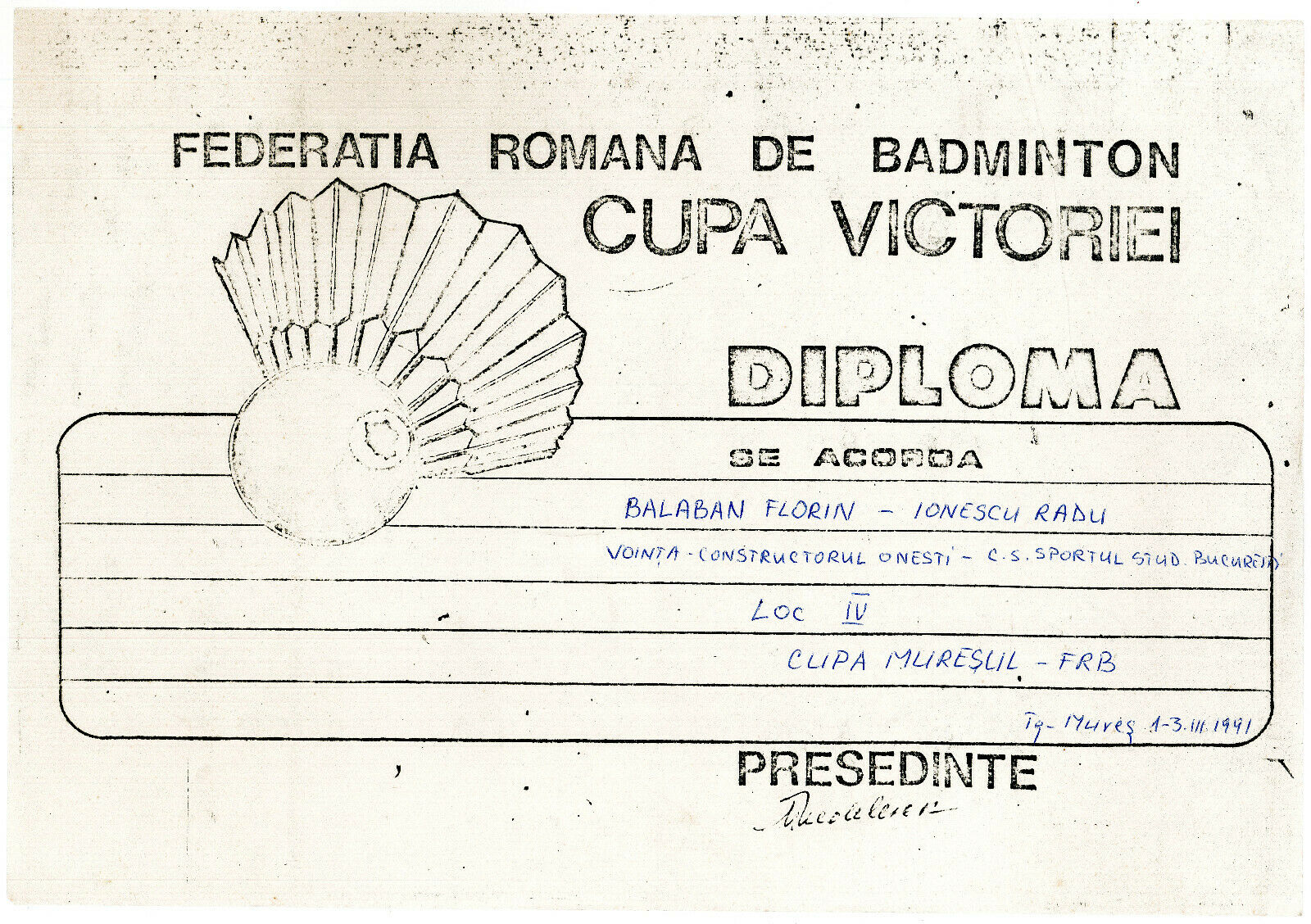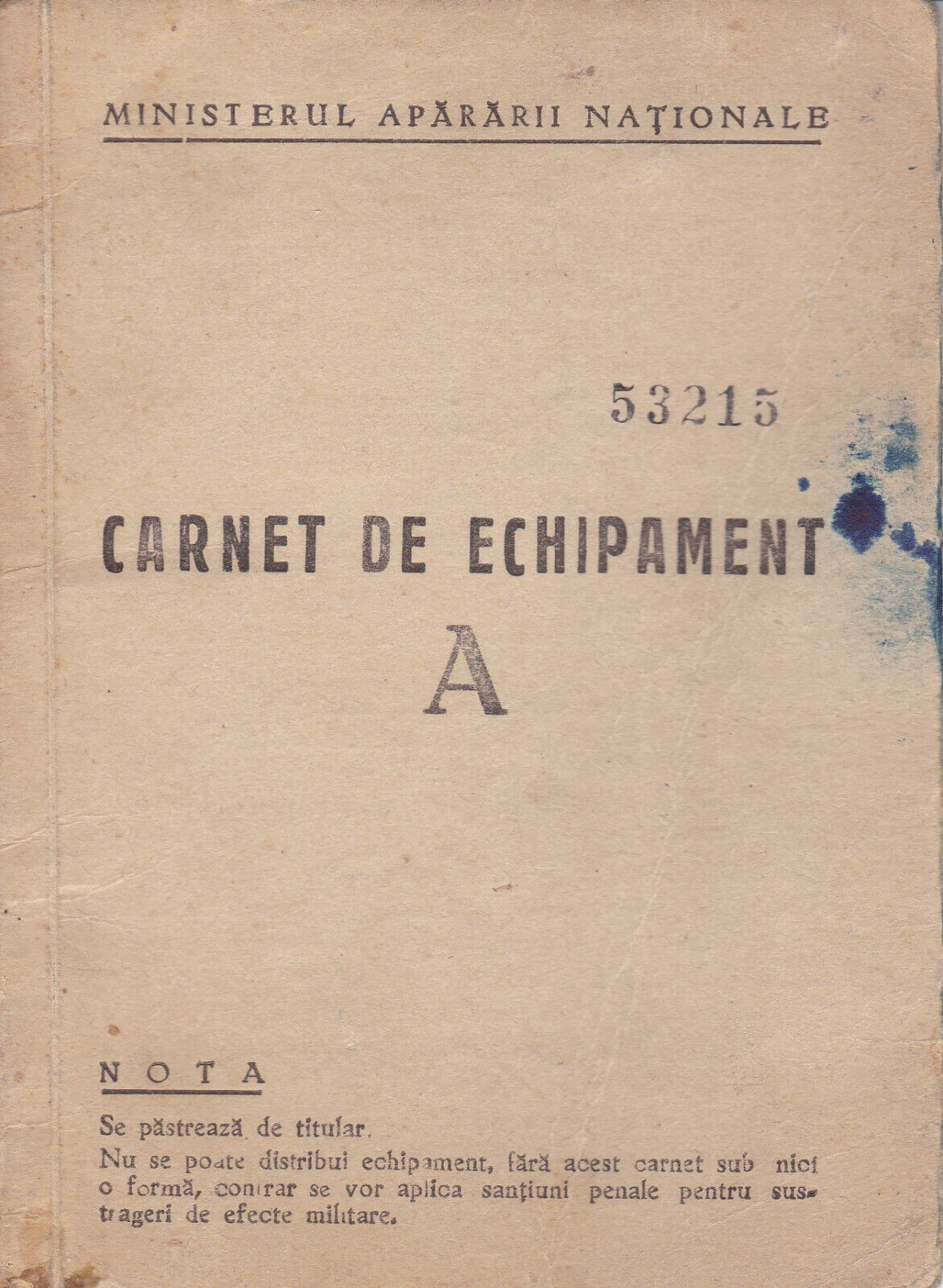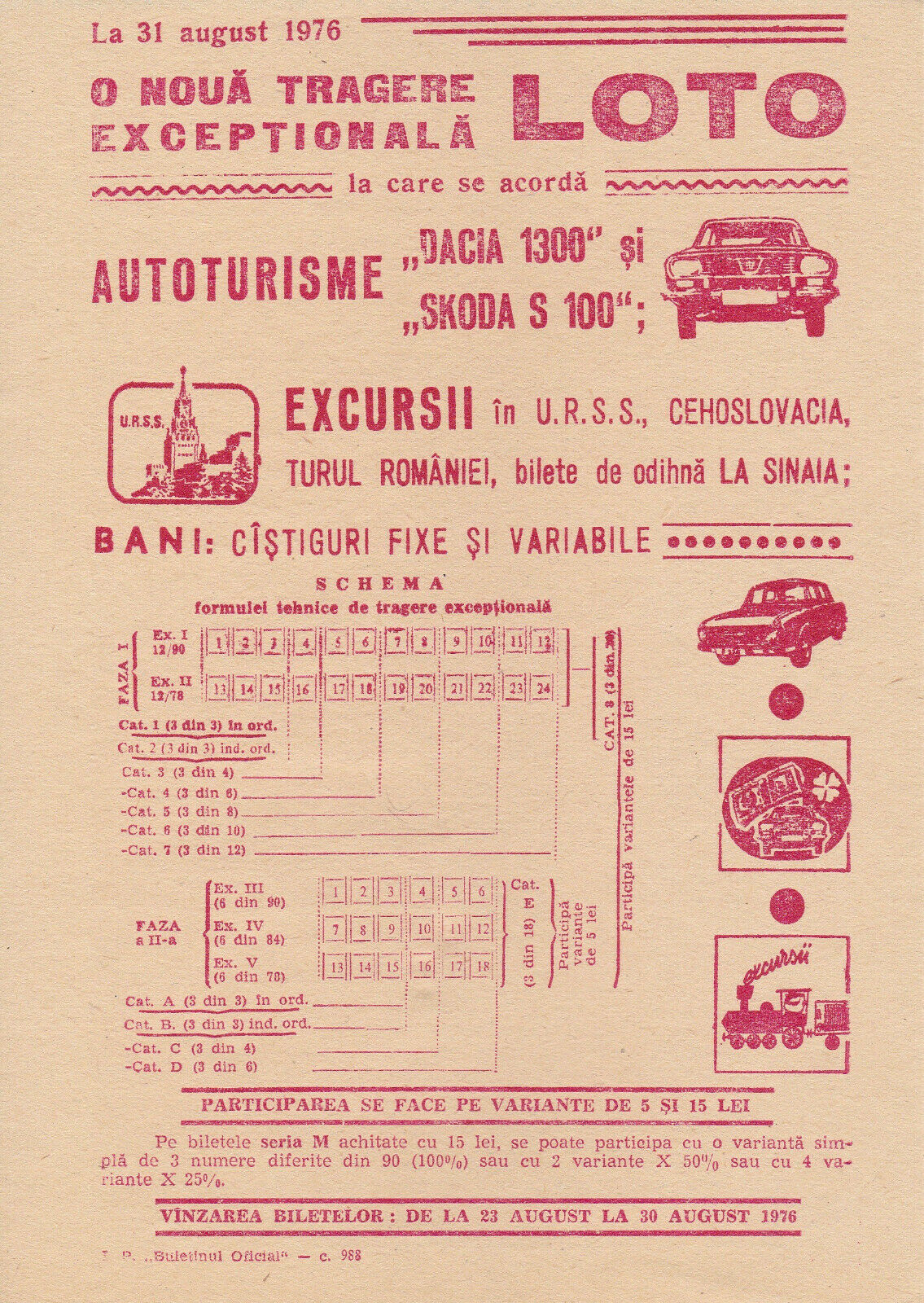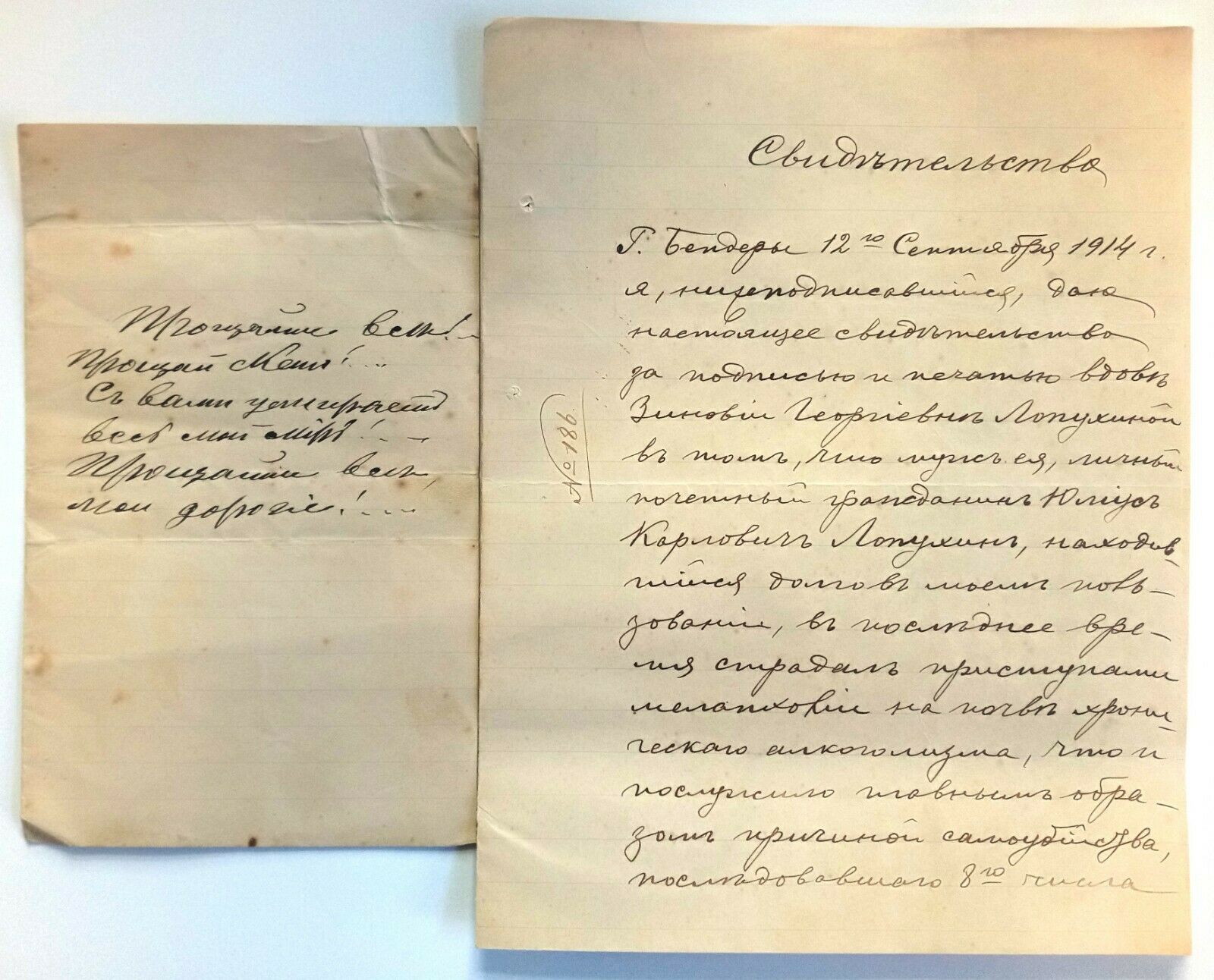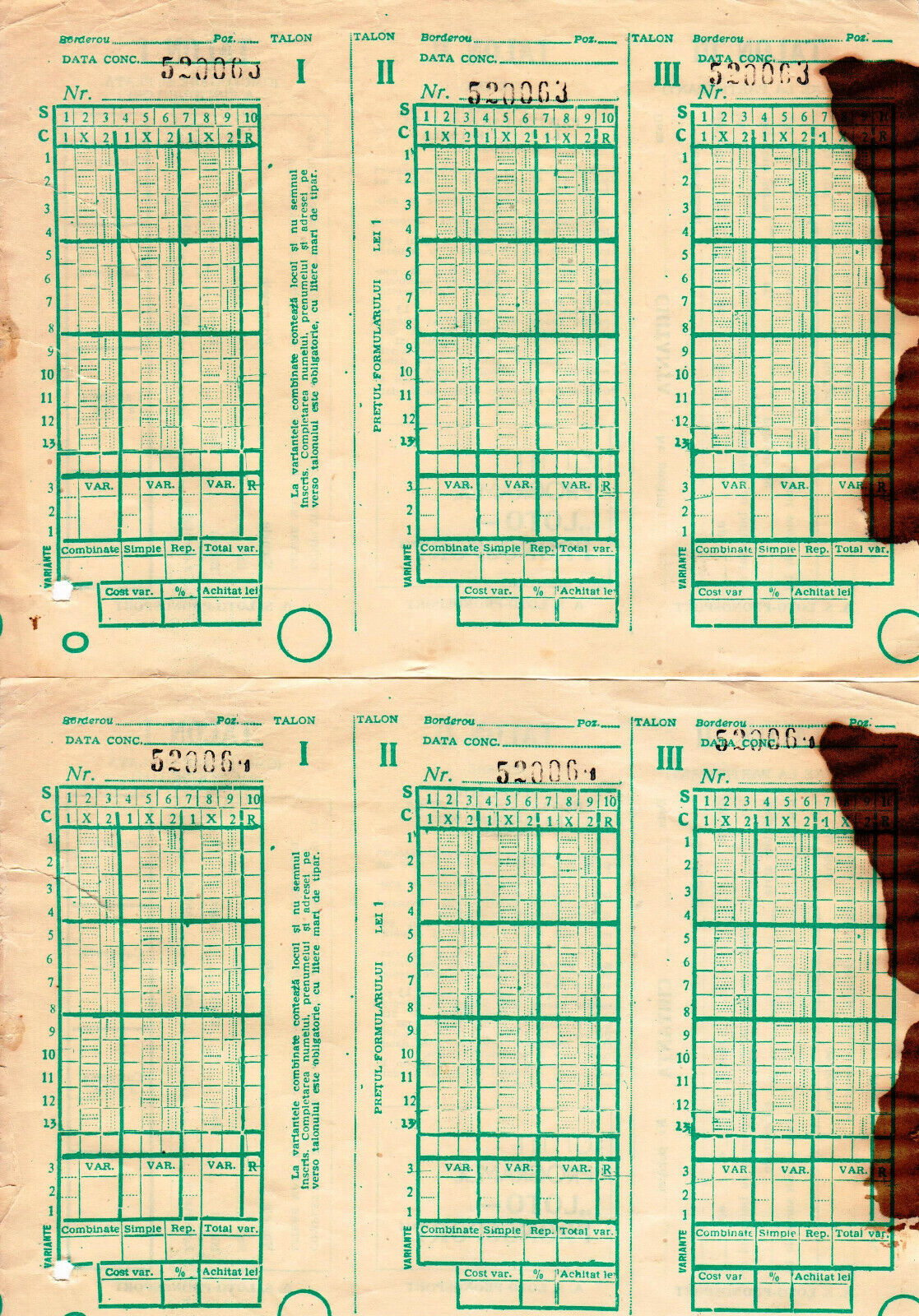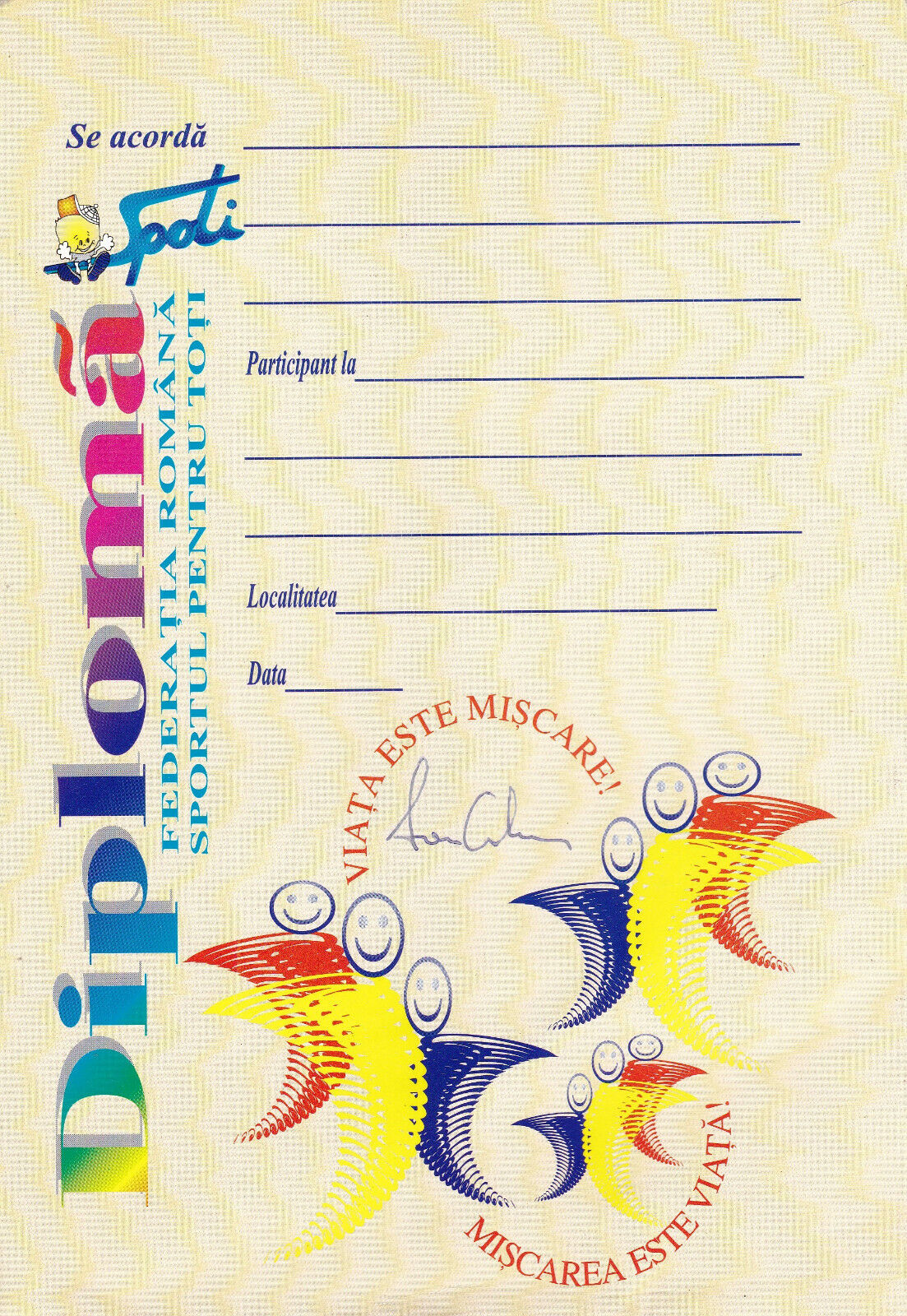-40%
Taufschein Äquatortaufe 1932, Steamer Usambara ( Doal ), Beautiful Certificate
$ 49.26
- Description
- Size Guide
Description
Taufschein Äquatortaufe 1932, Steamer Usambara ( Doal ), Beautiful CertificateThe description of this item has been automatically translated. If you have any questions, please feel free to contact us.
You offer up
one
Baptism certificate
one
Equator Baptism
of
1932.
Ship:
"Usambara" /
German East Africa Line (DOAL).
Dated
25. February 1932.
Issued to a Hans Priem who was given the name "Seeross".
Typewritten completed form.
Format:
35.3 x 27 cm.
The "Usambara" was a sister ship of the "Njassa" (1924) and the "Adolph Woermann".
Builder: Blohm & Voss, Hamburg.
Launched: 08/30/1922
Commissioning: April 7, 1923
Tonnage: 8690 GRT
Build number: 397
17. April 1923 maiden voyage "Around Africa" over the Suez Canal around the east coast of Africa, from October 1939 houseboat of the Kriegsmarine, from 6. January 1944 accommodation of the 4th U-Flotilla in Szczecin, 11. Burnt out after being hit by a bomb on April 20, 1944. Sunk in March 1945, lifted and scrapped at the end of the war.
The signature of the captain M. Becker seems to be printed (or stamped?).
Wax seal with seaweed (?).
Status:
Folded crosswise several times; Strong paper, browned and stained, with minor tears in the margins.
B.
please note
also the pictures!
Internal note: KRST 310330
About the equator baptism and the DOAL (source: wikipedia):
The equator baptism
(also: baptism of the line or neptune baptism) is a ritual common worldwide by seafarers when a member of the crew or a passenger crosses the equator for the first time at sea.
The polar baptism when crossing the Arctic Circle for the first time is equivalent.
History: Equator baptism is an initiation rite, but not a baptism in the religious sense. The custom has its origins in the time of the expeditions of the Portuguese, who wanted to confirm their courage and their faith with a baptism when crossing the dreaded equator. Before the Portuguese voyages, the prevailing opinion was that the equatorial region was too hot to inhabit or cross, and that an expedition to the southern hemisphere would inevitably be fatal.
The person to be baptized is “cleaned” by (a disguised) Neptune, is given a sea- or weather-related joke name and is awarded a certificate. During the cleaning process, the person to be baptized is “soaped” with fish oil, shaving foam and other “smelly” substances. Most of the time, alcohol - previously oil or other fuels - is administered. Then the person to be baptized is bathed and cleaned.
This type of rite has also been preserved in children's holiday camps as the Neptune festival.
Distribution: In commercial shipping, the equator baptism is rarely encountered today. The ritual, which used to be brutal and humiliating, is now mostly used for entertainment, especially on cruise ships.
Equator baptisms and polar baptisms are carried out on German research vessels when time permits.
In the German Navy, the equatorial baptism has been officially abolished by instructions from the Navy inspector since 2011. [1] Previously, she was permitted in compliance with the strict rules of the commander of the fleet, under the principle of voluntariness, with respect for human dignity and under the supervision of the ship's command and the ship's doctor. In 2011 there were reports on the practice of equatorial baptism on the sailing training ship Gorch Fock, after which leftover food was used.
When Hurtigruten ships cross the Arctic Circle, a small archipelago with a model of a globe between the ports of Nesna and Ørnes is followed by the voluntary polar baptism of tourists, which is documented by a certificate.
The German East Africa Line (DOAL)
is a Hamburg shipping company founded in 1890, which is continued today as Deutsche Afrika-Linien. It is part of the Deutsche Afrika-Linien / John T. Essberger Group of Companies.
History: In 1888 the Reich government had Adolph Woermann work out plans to set up a liner service to East Africa, as the existing traffic was dominated by British lines. The following year the Reichstag approved such a line and in January 1890 the Reich Chancellor began to look for a German shipping company to set up a line to Africa subsidized over ten years with 900,000 marks annually. After no company could be found, the Reich announced the establishment of a corresponding shipping company. At 19. In April 1890 the German East Africa Line was founded with an initial capital of 6 million marks by a consortium of German banks and the Hamburg merchants Adolph Woermann, F.Laeisz, August Bolten, and Hansen & Co. Carl Woermann took over management with his father Adolph Woermann as chairman of the supervisory board. With two purchased steamers of the Woermann Line, the Reichstag and the Federal Council, the line began on 23. July 1890 started operations.
With the conclusion of the Reichspostdampfer contract of 1890, the German East Africa Line also committed itself to setting up two coastlines on the East African coast. This resulted in the coastal service of the German East Africa Line.
The first years of operation of the DOAL turned out to be quite difficult after the British takeover of Zanzibar in November 1890 and two ship losses in the first three years. [2] [3] By 1894, the shipping area was extended to South Africa and for the first time in the black. In 1900 the subsidy contract with annual subsidies of 1.35 million marks was extended by 15 years and the share capital was increased to 10 million marks. In 1901 a loan of five million marks followed in order to build more ships.
More difficult years followed again until 1907, as new competitors emerged and the British lines exerted increased competition. The Deutsche Ost-Afrika Linie and Woermann-Linie then accepted an offer from Albert Ballin to establish a joint venture with HAPAG. HAPAG and Woermann took part in the operation of the German East Africa Line and each hired or two ships for an extension of the line from South Africa to West Africa. The Woermann line was integrated into the community service and in 1908 the Hamburg-Bremen Africa line also joined. The increased number of departures ensured an improvement in business.
After Adolph Woermann's death in 1911, Eduard Woermann succeeded him. At the beginning of 1914, the DOAL was the tenth largest German shipping company immediately after the closely connected Woermann Line, with 31 ocean-going vessels totaling 104,380 GRT. The subsidy contract of 1900, which expired in 1915, was not renewed as a result of the war. In 1916 Woermann sold the Woermann Line and the German East Africa Line to a consortium made up of HAPAG, North German Lloyd and Hugo Stinnes. Due to the First World War and the Versailles Treaty, the company lost all ships.
The Stinnes shares were taken over by HAPAG and NDL in 1921. In 1922, the Woermann Line and the DOAL, which had had Arnold Amsinck as a joint board member since 1916, practically merged, although they remained legally independent. [4] In 1927, the German Africa Service Treaty of 1907 was continued for another 20 years and, for a short time, found itself in calmer waters in the following years. One year after the NSDAP came to power in 1934, a reorganization of German shipping was carried out, in which the large shipping groups were divided up. HAPAG and Norddeutsche Lloyd had to surrender their shares in Woermann Line and German East Africa Line to the German Reich. The ships they employed in the Africa Service also became the property of the newly founded “Deutsche Afrika-Linien”.
In 1941 the Reich sold these shares to the cigarette manufacturer Philipp F. Reemtsma. He sold them to the shipowner John T. Essberger, who continued the German-East-Africa Line after the war as Deutsche Afrika-Linien, but no longer operated the Woermann Line.
DOAL steamer in "Africa" service in the 1930s
:
Even in the years of the global economic crisis, Africa was served on two routes. Once “via Cape” and once “via Suez”. The end point was Lourenço Marques in Portuguese East Africa. Until the beginning of 1931 six, then only five, Africa turbine ships were used, built in the 1920s by Blohm & Voss, which sailed the routes every three weeks.
Adolph Woermann
Njassa (sister ship of Adolph Woermann)
Toledo, until 1931
Tanganyika, sold in 1936
Ubena (almost identical to the sister ship Watussi)
Usambara (sister ship of Adolph Woermann)
Ussukuma (almost identical to the sister ship Wangoni)
Wangoni
Watussi
History: In 1888 the Reich government had Adolph Woermann work out plans to set up a liner service to East Africa, as the existing traffic was dominated by British lines. The following year the Reichstag approved such a line and in January 1890 the Reich Chancellor began to look for a German shipping company to set up a line to Africa subsidized over ten years with 900,000 marks annually. After no company could be found, the Reich announced the establishment of a corresponding shipping company. At 19. In April 1890 the German East Africa Line was founded with an initial capital of 6 million marks by a consortium of German banks and the Hamburg merchants Adolph Woermann, F.Laeisz, August Bolten, and Hansen & Co. Carl Woermann took over management with his father Adolph Woermann as chairman
Produkttyp
Urkunde & Zeugnis
Herstellungszeitraum
1901-1945



